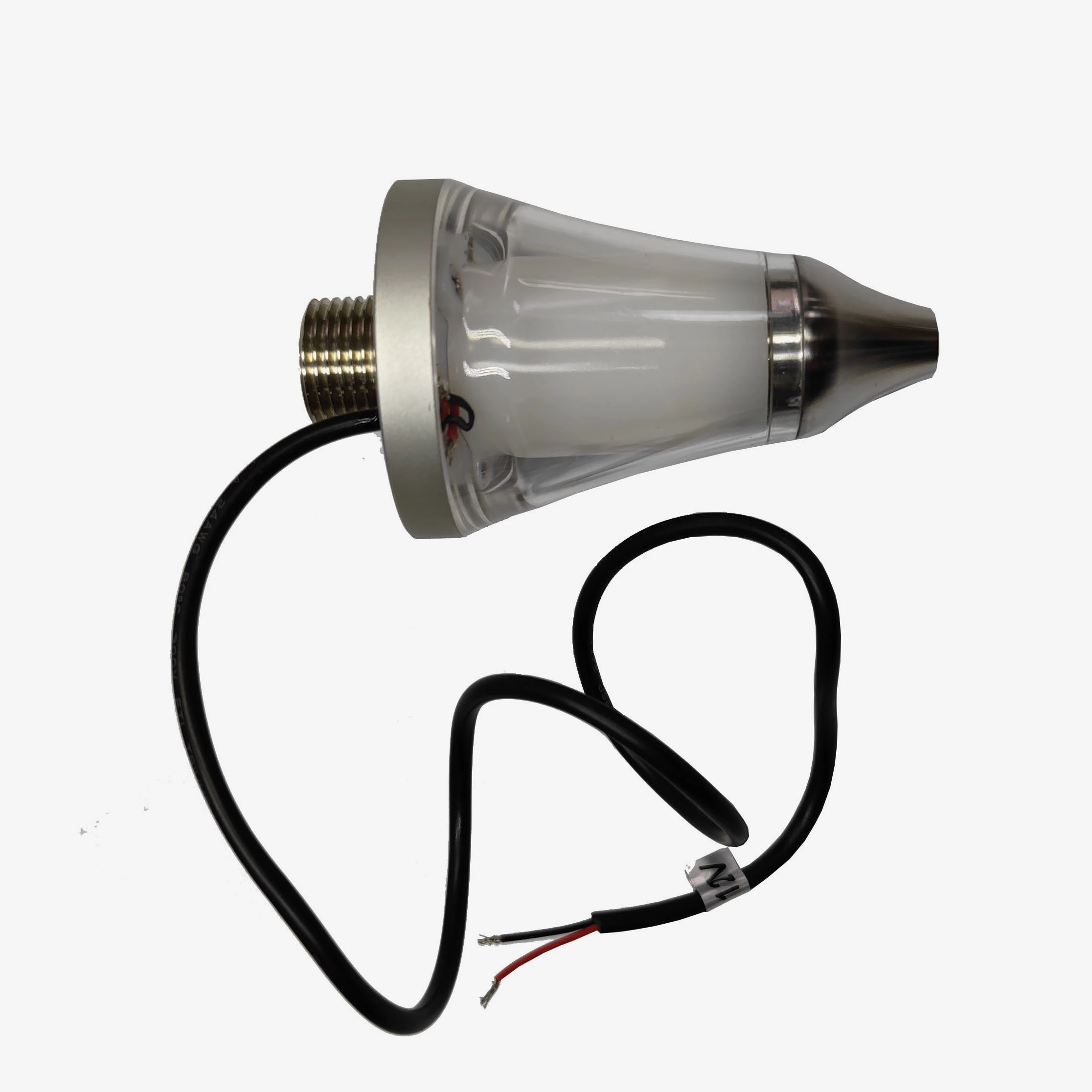The Science Behind UV LEDs: How They Work and Their Benefits from Ethan Carl's blog
Ultraviolet (UV) LEDs are a type of semiconductor device that emits light in the ultraviolet spectrum, which is not visible to the human eye. These devices have gained significant attention in recent years due to their versatility and potential applications in various industries. UV LED chips to air disinfection, and from curing of inks and adhesives to medical treatments, UV LEDs have proven to be a game-changer. But have you ever wondered how these devices work and what benefits they offer? In this article, we will delve into the science behind UV LEDs and explore their benefits.
The Basics of UV LEDs
UV LEDs work on the principle of electroluminescence, where an electric current is passed through a semiconductor material to produce light. The semiconductor material used in UV LEDs is typically a compound of gallium nitride (GaN) or aluminum gallium nitride (AlGaN). When an electric current is applied to the semiconductor material, it excites the electrons, which then release energy in the form of photons. These photons have a wavelength in the ultraviolet spectrum, which is determined by the energy gap of the semiconductor material. The wavelength of UV LEDs can range from 200 to 400 nanometers, depending on the specific application.
The Structure of UV LEDs
The structure of UV LEDs is similar to that of visible LEDs, but with some key differences. UV LEDs have a transparent substrate, typically made of sapphire or silicon carbide, which allows the UV light to pass through. The semiconductor material is deposited on the substrate using a process called epitaxy, and the electrodes are made of a metal alloy. The UV LED is then packaged in a ceramic or plastic casing, which provides protection from the environment and helps to dissipate heat. The structure of UV LEDs is designed to optimize the extraction of UV light and minimize losses due to absorption and reflection.

The Benefits of UV LEDs
UV LEDs offer several benefits over traditional UV light sources, such as mercury lamps. One of the main benefits is their energy efficiency. UV LEDs consume significantly less power than traditional UV light sources, which makes them more environmentally friendly and cost-effective. Another benefit is their longer lifespan. UV LEDs can last up to 50,000 hours or more, compared to traditional UV light sources which have a lifespan of around 1,000 to 2,000 hours. This means that UV LEDs require less maintenance and replacement, which can save time and money.
Applications of UV LEDs
UV LEDs have a wide range of applications across various industries. In the water treatment industry, UV LEDs are used to disinfect water and wastewater. In the air purification industry, UV LEDs are used to remove pollutants and bacteria from the air. In the printing industry, UV LEDs are used to cure inks and adhesives. In the medical industry, UV LEDs are used to treat skin conditions such as psoriasis and vitiligo. The versatility of UV LEDs makes them an attractive option for companies looking to improve their products and processes.
Future Developments in UV LEDs
The future of UV LEDs looks bright, with ongoing research and development aimed at improving their efficiency, lifespan, and cost-effectiveness. One area of research is the development of new semiconductor materials that can produce UV light at even shorter wavelengths. Another area of research is the development of new packaging technologies that can improve the extraction of UV light and reduce losses. As UV LEDs continue to improve, we can expect to see even more innovative applications across various industries.
Conclusion
In conclusion, UV LEDs are a remarkable technology that has the potential to transform various industries. By understanding the science behind UV LEDs, we can appreciate their benefits and versatility. From their energy efficiency and longer lifespan to their wide range of applications, UV LEDs are an attractive option for companies looking to improve their products and processes. As research and development continue to advance, we can expect to see even more exciting developments in the field of UV LEDs.

The Wall